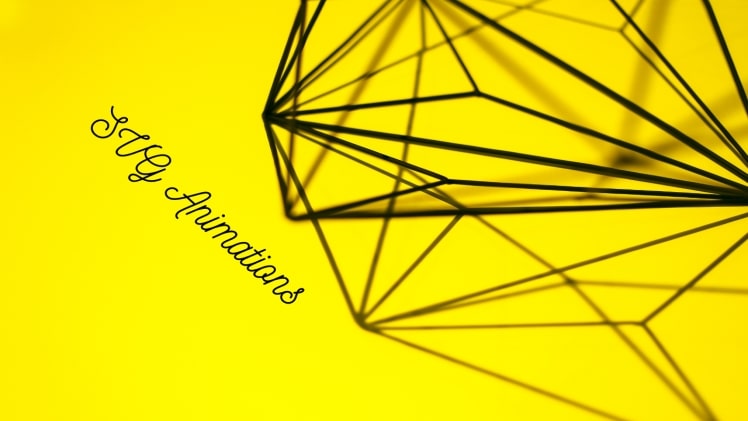In this guide, you’ll learn how to build your own basic animations with SVG, as well as some of the more useful tools you can use to customize the output of an SVG image.
I’ve put together this guide for a couple of reasons: first, I’m a huge fan of SVG, and I think its sheer simplicity is ideal for beginners; second, I want to give the format a boost, and help people learn some more about it. I’m hoping it’ll encourage people to explore the possibilities of SVG animation and come up with some new ideas.
What are SVG files?
SVG image files are essentially fonts with a few extra bits and pieces thrown in. They are very quick to prepare and are very easy to modify and edit. A highly technical world is at your fingertips when working with SVG images.
The term “SVG” is an acronym for ” Scalable Vector Graphics “, which should be pretty self-explanatory.
Image and CSS background images can be used to define shape, position and coloring of an SVG document, but images can be much more than that. There are some other types of SVG file formats out there, such as web graphics, icon and external vector graphics . They’re all basically just SVG with some extra bits and pieces (names and attributes) added on.
The best way to think about it is like HTML and CSS. If you’ve been writing HTML and CSS for a while, you should feel right at home working with SVG images.
What is SVG animation?
SVG animation, or procedural animation, allows you to shape the way an SVG image changes. Many animations can be made using the SVG code and each animation can be made with a different style, meaning they can be created with different text, color, animation speed, etc. The options are endless!
SVG animation makes it possible to create real-time animations.
Some of the benefits of SVG animation
- Create animated vector graphics
- Create animations using different styles
- Make your SVG interactive with JavaScript and SVG.js
- Create complex animations with clever object-oriented CSS
- Building an SVG animation
I’ll be teaching you how to build a simple animation in SVGator, but please remember that you are also able to do this with other tools.
With this SVG creator tool you can easily make animations, with help from a step-by-step guide, and then post your animations to either the web or a free software package (some web hosts may also allow you to post the animations to your websites).
This also means that you can easily use the results to create your own themes (I will be looking at how you can do this in a future post)
If you are looking for a simple animated SVG, or a more complex one, you may find this tutorial helpful: SVG animation – creating animation effects.
After you have created an account, click the button on the top left of the screen that says “Upload a SVG” if you already have a static SVG you want to use. You can also create draw SVG image from scratch using the graphic editor.
How to use SVG animation on your website?
The first thing we need to do is to export our SVG animation. The easiest way to do this is to use the SVGator image editor to create your animation first, then use the export feature.
After saving your animation, you can paste it into the desired place on your website or blog.
Hope you enjoyed this tutorial! Please leave a comment if you have any questions or suggestions about things I should be doing or exploring in my future tutorials.

